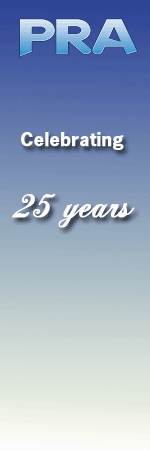 |
 |
E-News Update November 2010 |
LEAD FEATURE |
COMPANY NEWS |
MATERIALS NEWS |
MACHINERY NEWS |
EXHIBITION NEWS |
RUBBER JOURNAL ASIA |
INJECTION MOULDING ASIA |
![]() Injection Moulding Asia
Injection Moulding Asia
Rigid packaging ousts glass and metal
A
market analysis commissioned by German injection moulding and thermoforming tooling specialist Marbach Werkzeugbau reveals that rigid packaging remains a highly sought after and value-driven alternative to traditional materials like glass, metal and paperboard for a range of consumer applications.The study, which was completed in cooperation with the University of Stuttgart, shows that rigid packaging continues to be viewed as a highly favourable option over traditional materials and will enjoy strong growth over the next five years.
The recently completed six-month study assessed the views of European consumers and approximately 30 leading global experts from the packaging world, including engineers, packagers and fillers. The findings show that consumers continue to value the performance attributes of plastic packaging, including the light weight, safety, shelf appeal, convenience and microwaveability.
However, some consumers still feel glass packaging portrays a cleaner, environmentally friendly and healthier solution for food packaging. Meanwhile, metal packaging is preferred less by consumers and suffers from reduced shelf appeal.
The findings reveal that busy consumer lifestyles are increasing the demand for "ready-to-eat" foods that are more suitable for packaging in microwaveable plastic containers. The study also finds that food producers are particularly focused on glass breakage during production. They are joined by filling companies who report a strong interest in removing glass packaging from their operations. In addition, retailers seek greater use of plastic packaging which is lighter, robust, less prone to damage, and less costly to transport.
This positive feedback from consumers and packaging experts reinforces the growing trend away from glass in major food and beverage categories. For instance, the evolution of barrier technology has driven the replacement of glass for baby food containers in the US over the last five years. Similarly, retortable in-mould-labelled (IML) food containers in Europe are made possible with the arrival of multi-layer barrier labels.
The amount of plastic packaging has increased significantly in the last few years and its image has improved, according to the study. Still, public opposition to plastics on environmental grounds persist and manufacturers continue to investigate new strategies and alternatives to meet sustainability goals for their products, the report says.
